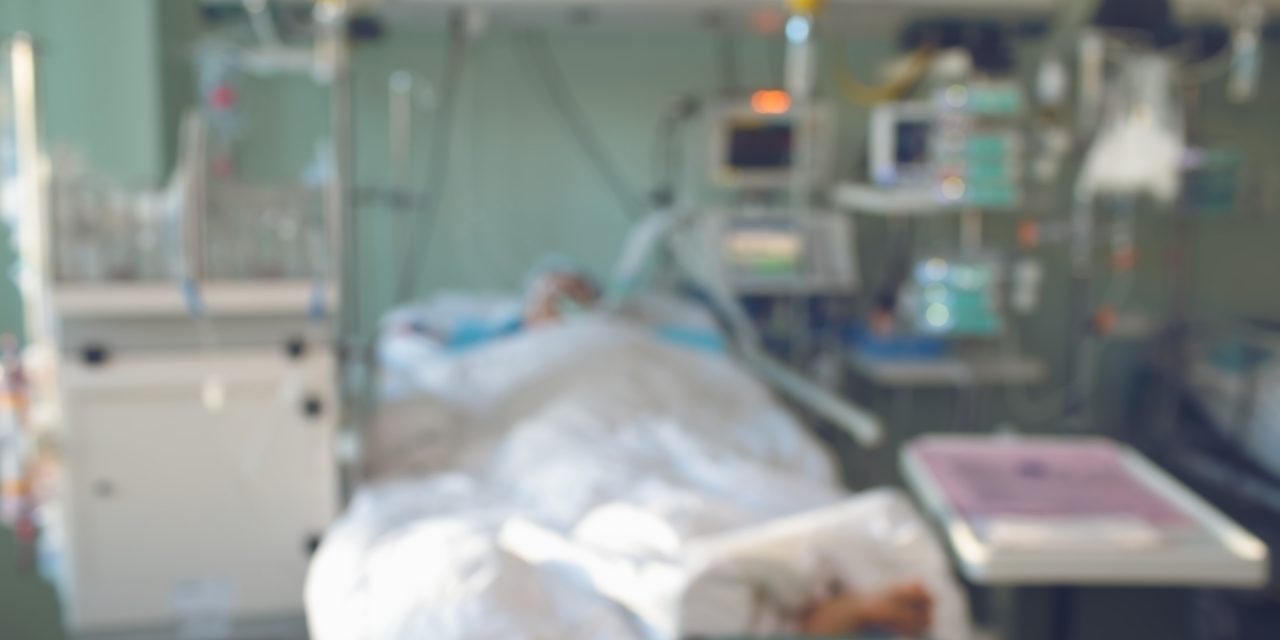For nondiagnostic CT-guided lung biopsies, we tested whether radiologicpathologic correlation could identify patients who may benefit from repeat biopsy. In this retrospective study, 1525 lung biopsies were performed between July 2013 and June 2017, 243 of which were nondiagnostic. Of these 243 lung biopsies, 98 were performed to evaluate for lung malignancy; 17 were excluded because of insufficient follow-up, leaving a total of 81 cases. The Brock and Herder models were used to calculate risk; in addition, cases were independently blindly reviewed by two thoracic radiologists who assigned a score from 1 (probably benign) to 5 (probably malignant). The final diagnosis was established by pathology results or benignancy was established if the lesion resolved or remained stable for at least 2 years. Of the 81 nondiagnostic lung biopsies, initial pathology results included 33 cases of inflammation, 28 cases of normal lung tissue or insufficient sample, 10 cases of organizing pneumonia, and 10 cases of atypical cells. 42% (34/81) of cases were eventually determined to be malignant (negative predictive value [NPV] of 58%). Pathology results of organizing pneumonia had the lowest rate of malignancy (2/10 = 20%), and pathology results of atypical cells had the highest rate of malignancy (5/10 = 50%, = 0.51). Within this highly selected cohort, the Brock and Herder models were not predictive of malignancy, with areas under the ROC curve (AUCs) of 0.52 and 0.52, respectively. Evaluation by thoracic radiologists yielded AUCs of 0.85 and 0.77. When radiologist-assigned scores of 1 and 2 were considered as benign, the NPV was 90% and 95%. Review of nondiagnostic lung biopsies for radiologic-pathologic concordance by thoracic radiologists can triage patients who may benefit from repeat biopsy.
Radiologic-Pathologic Correlation for Nondiagnostic CT-Guided Lung Biopsies Performed for the Evaluation of Lung Cancer.


